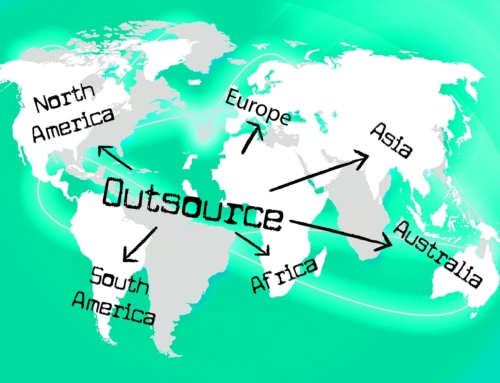Running your own reverse logistics team can require a significant effort to get things just right.
The team has to be trained to pay attention to detail, but to do so quickly, the equipment and tools have to be optimized to allow as many returns as possible to move through that department each day, as efficiently as possible.
This includes software, and the software has to be right. There are lots of options when it comes to the bits and bytes, both those resident on your computer and those offered as software as a service (SaaS). How do you know when you’ve found the right one?
Finding the Best Returns Management Software for Your Team
Each team will have its own needs when it comes to reverse logistics software, but there are some important elements to watch for no matter what segment you’re in. These are factors that make the process simple for the customer and increase processing speeds for you both.
Here are some tips to get you started:
- Automation is everything. It doesn’t matter if you’re not sure you’ll need to automate today, look for as much automation as is possible in your budget. As your returns (and business!) grow, you’re not going to be able to handle it all manually in a reasonable amount of time, automating the tedious parts of the process will help speed things up.Customers can be trusted to initiate their own returns, your system can be trusted to send out automated emails with instructions to them about what to do next. If you want to offer instant credits, let the system handle that, too.
- Label printing saves time and energy. Smart labels are a particular piece of automation that should always be given particular attention because of their high value versus the low input on your part. Even if you don’t want to allow your system to do anything else, let it do this for you.Smart labels allow you to match incoming packages to invoices, speeding up the returns process by giving your team a heads up about what should be in each box before it even arrives. These simple labels cut down on mistakes and move products back into inventory faster.
- Reporting and dashboards are non-negotiable. Data is everything in the supply chain. It can tell you where your inefficiencies are and where you’re doing great. It can even help you figure out why you’re getting so many green shirts returned all of a sudden.So, if you choose a software that doesn’t offer robust reporting tools and dashboards, you’re really doing yourself a disservice, aren’t you? Data can be a game changer, but you have to have the software to make sense of it.
Wading through the different returns management software options can be challenging. They all pretty much sound the same after a while and frankly, start to blur together. Take it one package at a time and cut a long list down to a short list of five or six, then re-evaluate your options. SaaS bundles are particularly attractive these days because of their high level of portability, but if you’d prefer to keep all your data in-house, old fashioned packages will do the job.







Leave A Comment